Originally Published March 2007.
A Scottish Columbus?
In reading trivia book about Scotland I recently ran across a story claiming that there may have been a Scot who supposedly made a voyage to the new world a hundred years before Columbus, and thought it might be fun to look into.

Born in Rosslyn Castle in the 1340’s Henry Sinclair became the Baron of Rosslyn while a boy and eventually was made the Earl of Orkney by King, Hakkon of Norway. According to the story, the Orkney Islands had not had an effective ruler for some time, and Sinclair had to deal with the mainland Scots who raided the islands, as well as pirates and smugglers who sailed the surrounding seas. Thus, he needed ships to patrol the waters around the Orkneys, and using wood imported from his Rosslyn Barony, he built a small navy of 13 vessels. He is said to have become comfortable sailing with his little armada, occasionally attending state events of his liege in Norway, as well as using his fleet to quell the unruly Shetland Islands which were part of his
Earldom.
Following the shipwreck of a Venetian vessel captained by one Nicolo Zeno, with his brother Antonio. Sinclair saved the Zeno brothers and their crew from the Shetlanders who claimed salvage rights on any shipwreck or grounded vessel thrown up on their shores. Sinclair invited the grateful Italians to join him so he could make use of their knowledge of sailing. It is the letters of these Venetian brothers that form some of the main evidence for their association
with a “Prince Zichmni” which is interpreted by some as a miss-spelling of Sinclair.
Over the years Sinclair may have heard the stories of local sailors and fishermen, who spoke of sea monsters, and mysterious islands, or tales of the Vikings who supposedly discovered not only islands, but vast lands across the sea to the west. Eventually a fisherman appeared in the Orkneys after an absence of 20 years, claiming to have sailed across the Atlantic after being blown off course by a heavy storm for many days. The land they discovered contained a people who spoke a language that none of the fishermen could understand, but the natives had clearly seen, and traded with westerners before. The natives spoke of more lands and peoples to the south, and when the fisherman explored further, they met more hostile natives and many of the sailors were killed, but the remaining captives were kept alive due to their skill at making fishing nets, and eventually escaped to make their way home.The story goes that Henry Sinclair believed the fisherman’s tale of being exhibited to other surrounding tribes, and of more temperate climates further south, and in 1398 he is said to have assembled his small fleet to see these new lands for himself.
On the face of it, the evidence for the voyage seems plausible, but most of it has now been called into doubt. Even science fiction author Frederick Pohl had written on the subject and claimed the Micmac tribe of Nova Scotia that had legends which speak of a king with three daughters (Sinclair had three daughters) who came from an island far across the sea, landed with many soldiers, stayed for a year and left again as fits the Sinclair story. But scholars point out that Pohl seemed to make some rather large leaps when interpreting words and names and how they may have been mistranslated, or misspelled.
While waiting for winds favorable to take him back home, Sinclair supposedly sailed south west along what is suggested was the coast of New England. On one of his last trips ashore, one of his knights died, and a small memorial left. In Westford, Massachusetts, there is a rock with a strange motif of a sword on it, made by punching holes on the rock’s surface. Supposedly these markings have been dated as being several centuries old, and the image itself shows an armored head, a shield and a 14th century sword and pommel. A recent investigation of the rock concluded that except for the “sword handle”, which is definitely a punch carving, the entire feature consists of naturally-formed scratches caused by glaciation and erosion. The town

historian of Westford has claimed that there is local evidence that the inscription was made in the late 19th century.
In 1444 Sinclair’s grandson William built a chapel at Rosslyn and inside are original carvings of plants that have been be described as aloe vera and maize -American plants which had never been seen in pre-Columbian Europe. In fact, aloe vera varieties were native to North Africa and were know in to old world Scholars for its medicinal properties. The Spanish used aloe, and are said to have carried it with them to propagate in their new world colonies in South America and the Caribbean. Researchers have also pointed that the carvings could equally be interpreted as portraying wheat and strawberries, which were obviously known in Scotland at the time, and probably would have been much more likely subjects to be included in a local church. However the Rosslyn Chapel does have a wealth of intriguing carvings, including many with Masonic meanings and there have occasional private tours available for members of Freemasonry.
It is additionally puzzling that within the Orkneys, no oral, or written traditions seem to survive telling of Henry Sinclair’s journey. Surely if the earl had made such a voyage, tales of the trip would continue in the local culture.
Unfortunately for Scottish pride, and in spite of the fact that most of the evidence for Sinclairs’ voyage has been called in to question, conspiracy theorists have continued to build upon this legend and have now also try to connect the Sinclairs with the Knights Templar, as keepers of the Ark of the Covenant and/or the Holy Grail, and even as descendants of Jesus Christ himself. Thus, even if there is some grain of truth to the story, the waters have been so muddied by pseudo-history that many scholars probably prefer to keep their hands clean of the controversy altogether.
For more information, a quick web search for “Henry Sinclair America Discovery” a locate a number of web pages discussing the story.
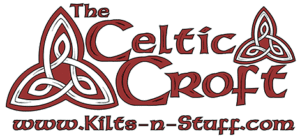
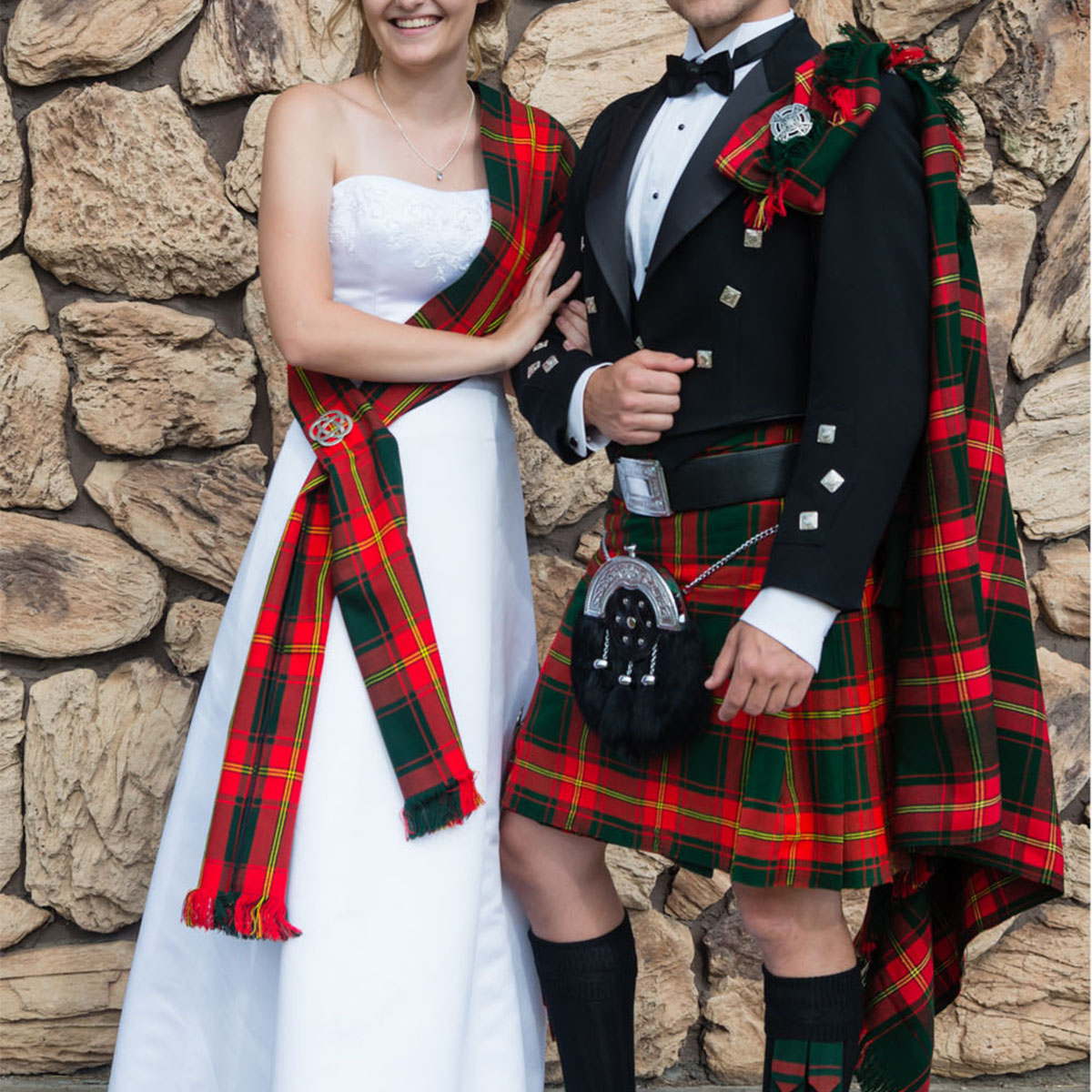
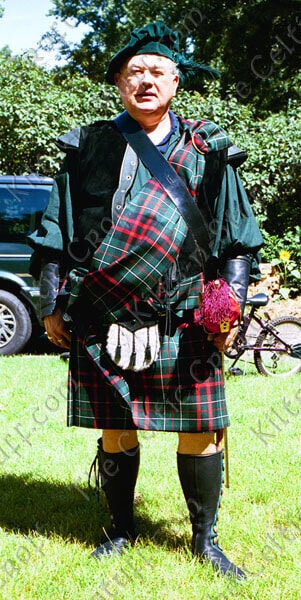
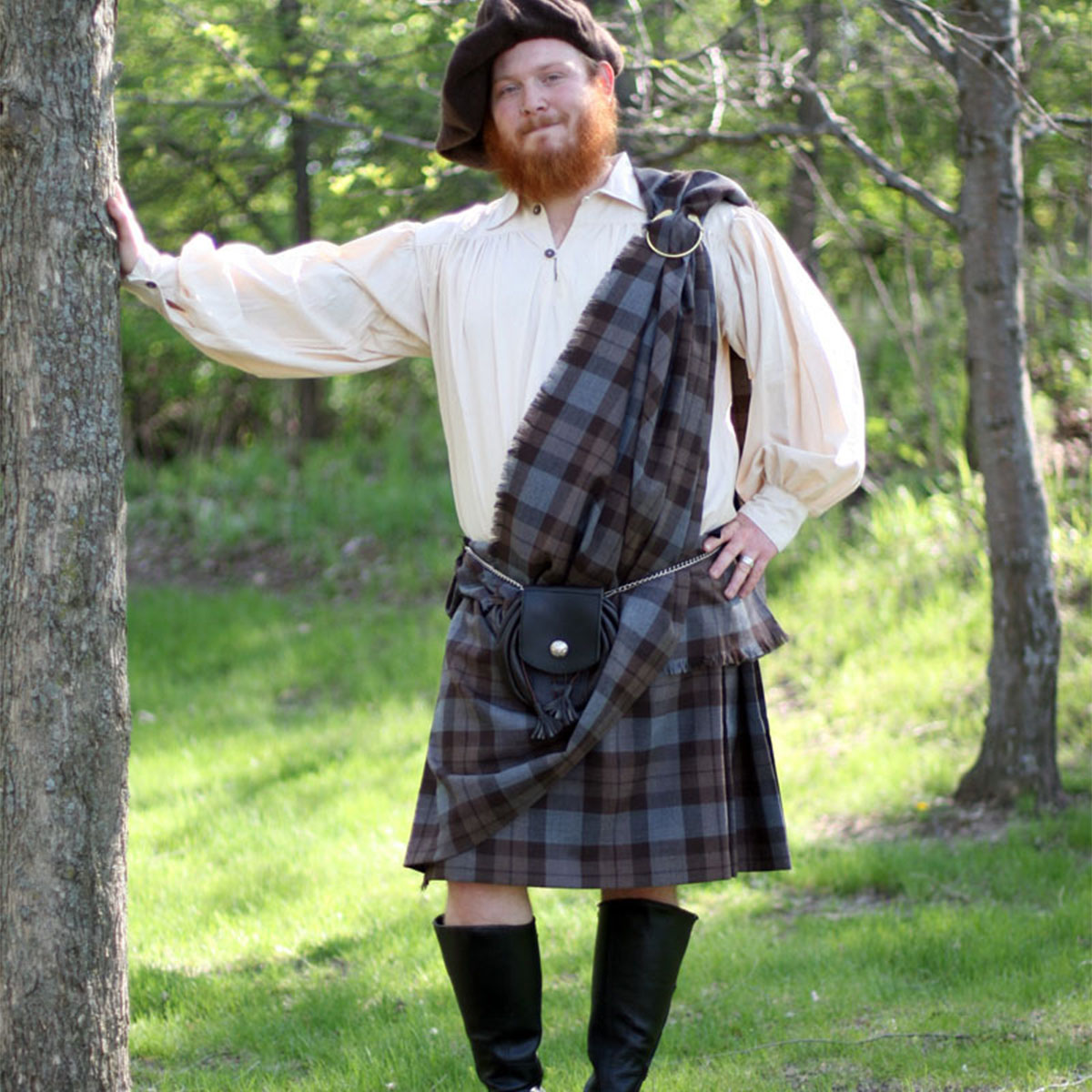
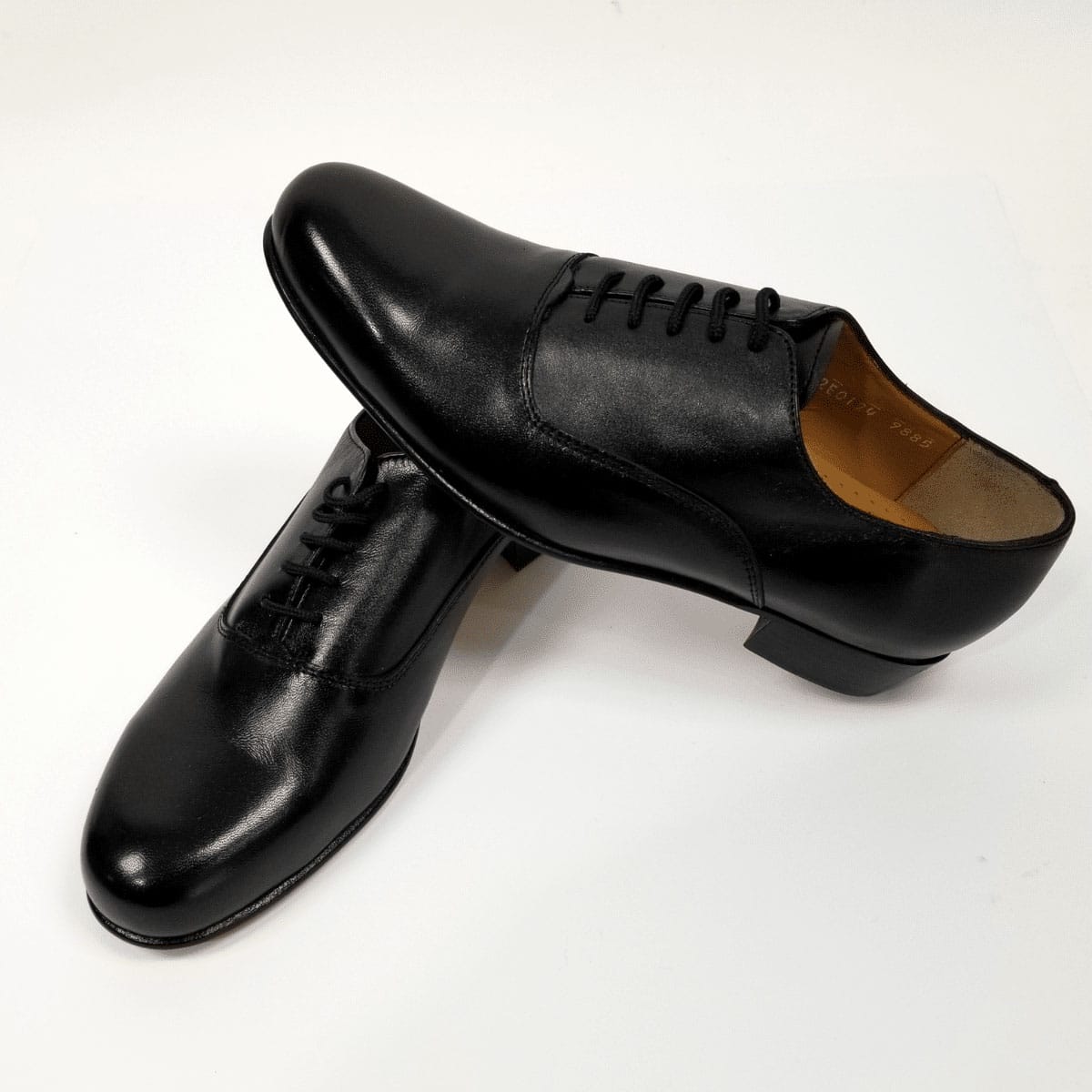
1 Comment.
[…] previously discussed the claim that Henry Sinclair sailed to the New World in the 1300’s. The Archeological Fantasies Podcast discussed “-the supposed pre-contact images of New World […]